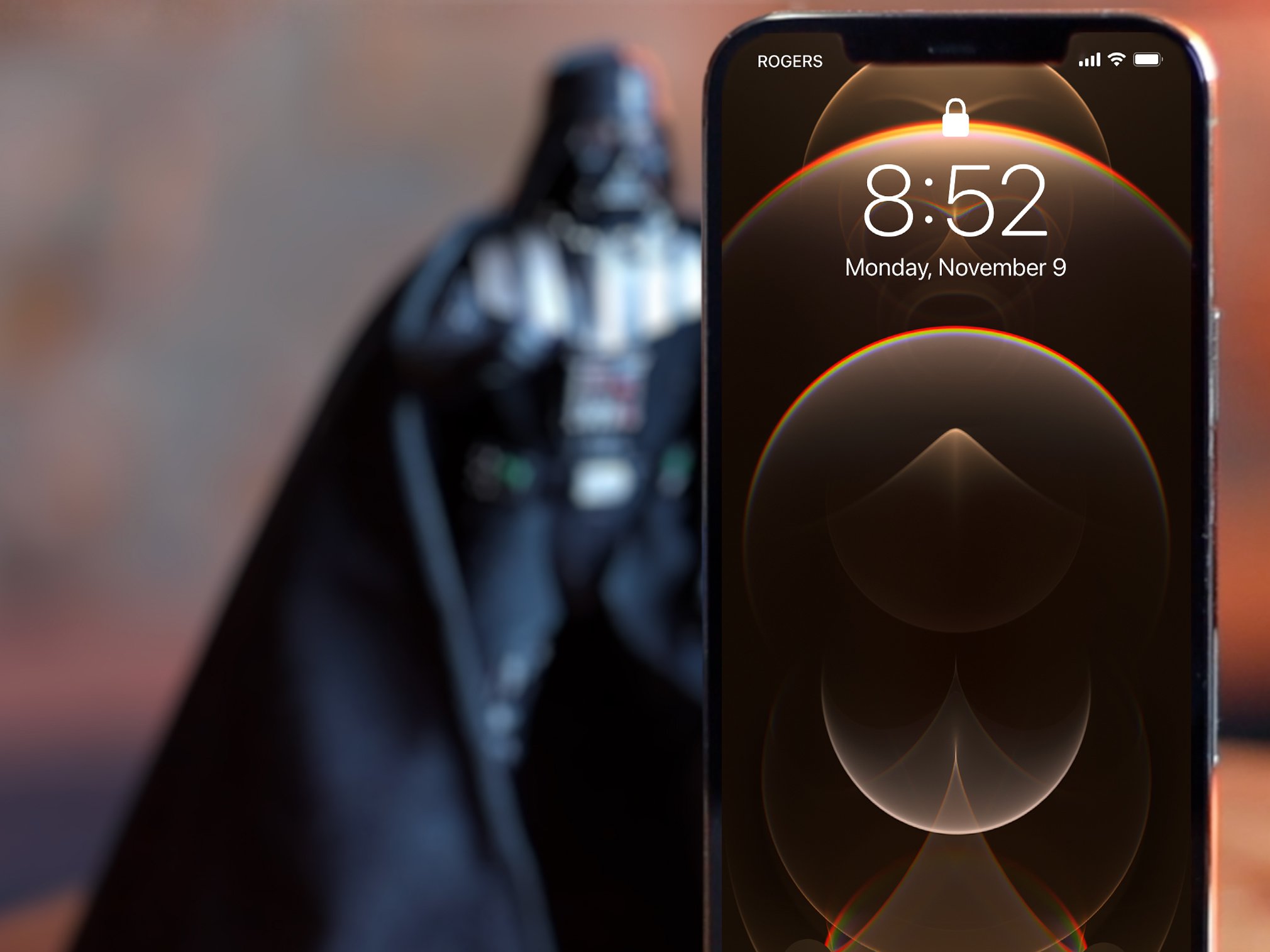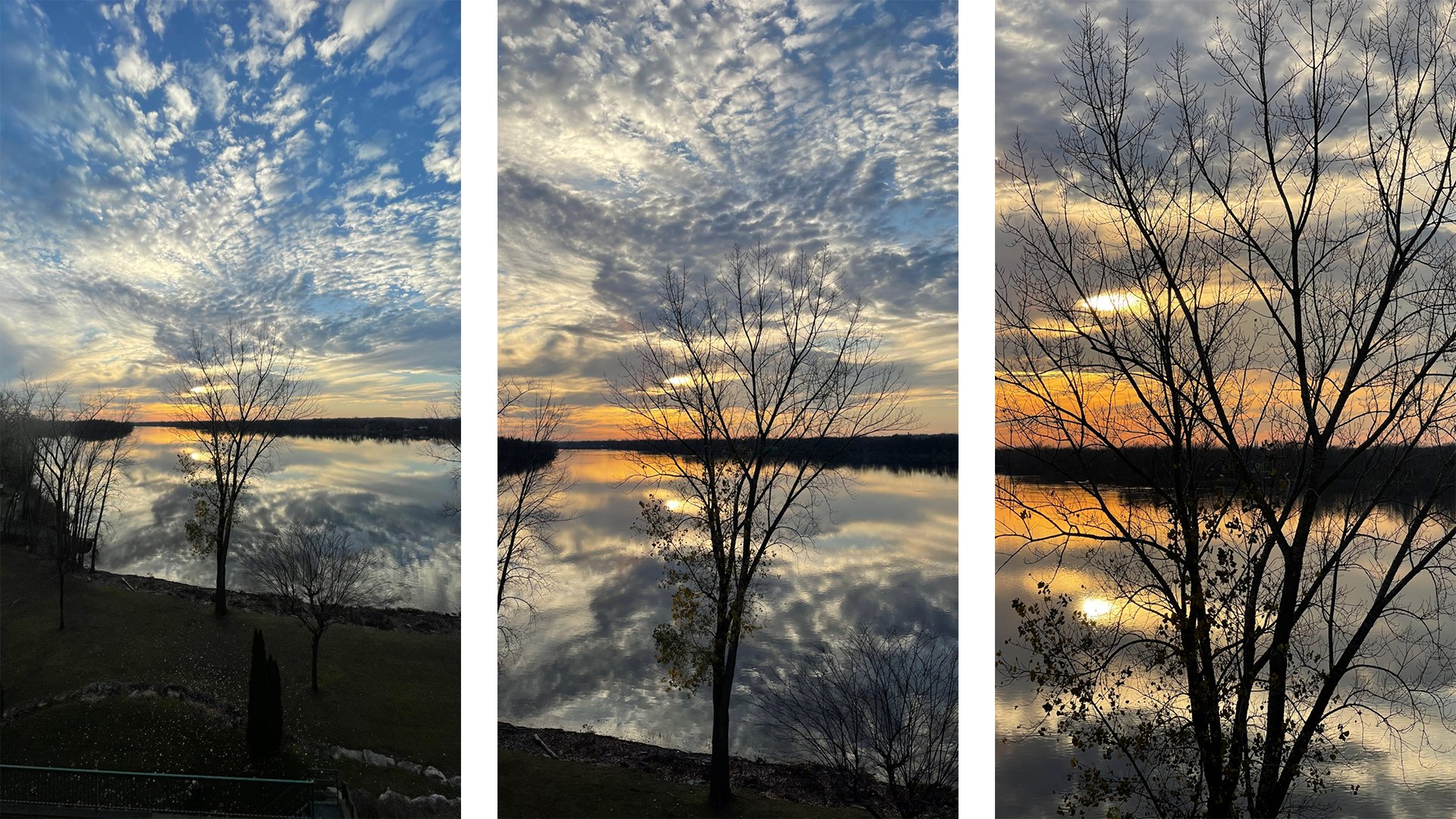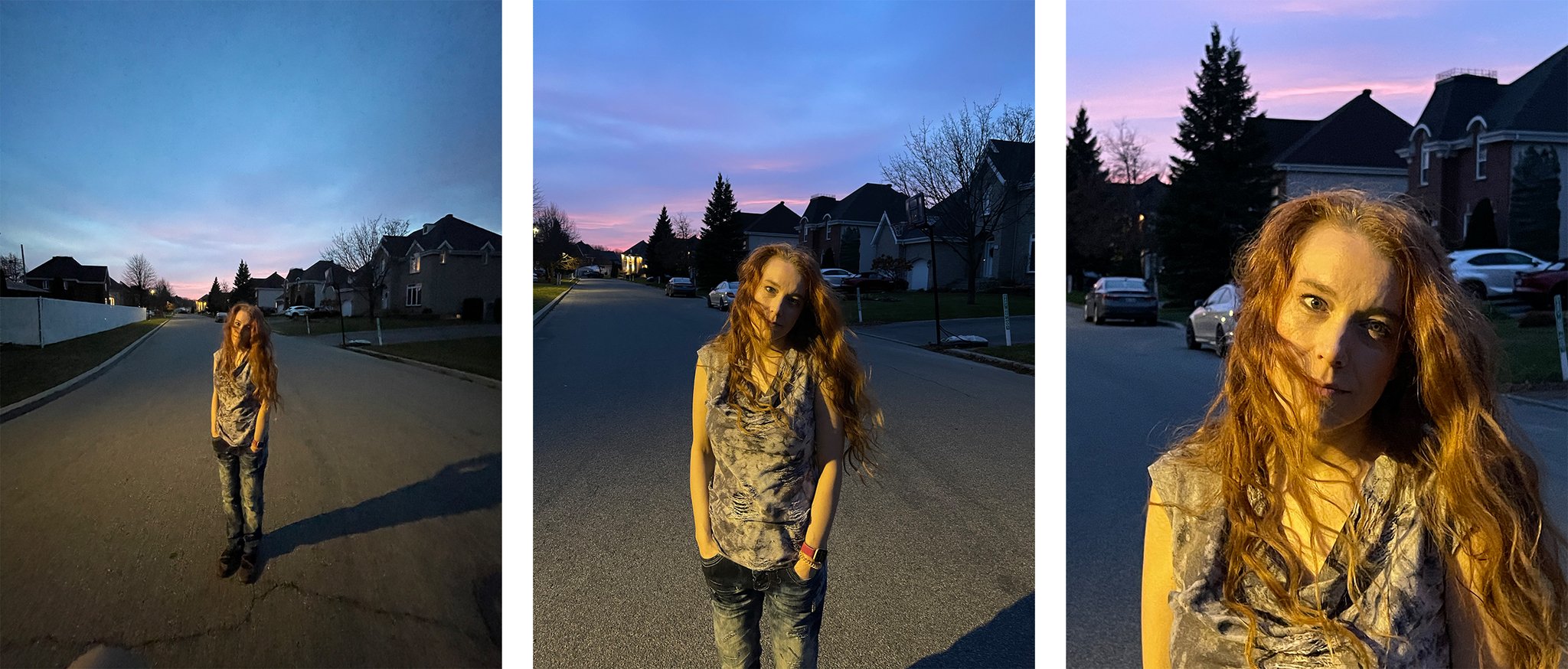iPhone 12 Pro Max — It's all about that camera

It's funny. Computer Twitter has been annoyed by the highest-end iPhone pricing or a while. Complaining a Max costs the same as a… Mac. At least a MacBook Air. Photography Twitter, though, has a totally different perspective. That the iPhone, especially the Pro and now extra especially the Max, have really good cameras, and really, really good video cameras, and they cost only a fraction of the price of most of the new, dedicated cameras coming out this summer. Sometimes less than a single lens for one of those cameras. And the iPhone comes with three.
I know they're not at all the same thing, not at all, not even remotely. But… kinda? Increasingly the iPhone Pro is finding its way into pro video workflows, not because it can do everything a DSLR or mirrorless or cine cam can do… but because it can do some things they can't, more easily, and yes, less expensively.
iPhone 12 Pro Max Camera: What's the same
When it comes to the iPhone 12 Pro Max camera specifically, you get the same 13mm f/2.4 120º ultra-wide as you do on all the other iPhone 12 models, all the way down to the mini. With Smart HDR3, which lets you capture detail in shadows and highlights beyond what even most big sensors and glass can easily capture, because big compute, and also Deep Fusion for better texture in low light, and Night Mode for when there's almost no light. And those features are across all cameras now, even the front.

Same LiDAR Scanner as on the regular Pro as well, the one that allows for fast auto-focus and portrait mode in low-light, and much faster augmented reality surface acquisition in daylight.
Also, new with iOS 14.2, People Detection in the Magnifier app. It's from Apple's supremely genius Accessibility team and will help those with no and low vision avoid collisions and maintain safe physical distancing in lines and other public spaces, which is just critical during a pandemic.
iPhone 12 Pro Max Camera: What's different
The 26mm f/1.6 wide-angle camera is where the differences start on the Pro Max. It's got bigger, 1.7-micron pixels compared to the 1.4-micron pixels on the regular Pro. Which means it can take in more light. The OIS, or optical image stabilization, is also sensor-shift on the Max, like the IBIS or in-body image stabilization you find in higher-end dedicated cameras. Basically, instead of the lens floating to cancel out sensor movement, the sensor itself floats, which is mechanically simpler and, yeah, optically better.
It combines to make the iPhone 12 Pro Max just a low-light monster. It's not something you'll need or appreciate all the time. I mean, in the daytime, it doesn't really matter. A potato can take a good photo in the daytime. But when it's not quite Night Mode, that's where the Max shines.
Master your iPhone in minutes
iMore offers spot-on advice and guidance from our team of experts, with decades of Apple device experience to lean on. Learn more with iMore!

Apple has also announced a ProRAW format for later in the year, which promises the flexibility of RAW with the power of computational photography. Basically, letting you step through and tweak the process. I can't wait to test it out and see what it can really do in a follow-up review.
The 52mm telephoto is, well, not 52mm on the Max. It's 65mm now. Which means it has even more compression and less distortion, which can be really nice for portraits and product shots. The downside is, instead of an f/2.0 aperture, it's an f/2.2 aperture, which means it's not as good in low light.
Still, I love the way it frames. Because of the length, it steps up to 2.5x, not just 2x like on Apple's previous telephoto camera system. And it's kinda surprising and delightful how much difference that actually makes. It's still way closer to a 50 than 80, but it's getting there.
And yeah, even though Apple's doing a much better job with Smart HDR and Deep Fusion on digital zoom, I'm still really missing much better optical zoom on iPhones. I'm not saying periscope lens me, but something.

I do love, just all-caps love, the natural bokeh you can get off the 65mm though. I mean, Portrait Mode is fine and computational photography never ceases to fascinate me, but there's just nothing that matches what you get off glass, and when you have enough light this glass is great.
And all of the same things apply to video as well. Including the new 4K60 Dolby Vision HDR mode. I really, truly, intensely wish Apple had a button on the main camera app to toggle it on and off like they recently added for the resolution and frame rate, and I'm still waiting on proper Final Cut Pro X support like Judge Judy slapping her watch dot GIF. But the 10-bit dynamic range is just gorgeous.
And the 6.7-inch display makes for a terrific view-finder. I mean, camera nerds like me pay hundreds and hundreds of dollars to slap a SmalHD or similar, bigger display on our cameras. This one is OLED HDR, does real-time preview for computational modes, so what you see is what you shoot, and it comes built-in. Which is just one more thing that helps explain the difference in perceived value.

Videography is where the bigger size really doesn't matter either, because most cameras a way bigger, some enormously bigger, and by comparison even the iPhone 12 Pro Max is ridiculously light, and combined with its dynamic range, makes it incredibly easy to get into any space and do almost any type of shot. Especially when you use a gimbal or just the IBIS and stabilize in post. It's not just slick, it's sick.
Now, none of these are major differences. They're small, interesting things that appeal to me because I love exactly these kinds of small, interesting things. They're fresh. They're fun. They let me stretch my creative potential.
But, if nothing I said here interests you in the slightest, then you can just scratch 'camera' off your Max list and decide based on size alone.
More to shoot
I need to shoot a lot more with this camera. I want to shoot a lot more with this camera. But so far, I like the telephoto even if it is a real tradeoff between length and speed. The wide-angle though… that's pure win. At least when it comes to delivering on the promise of more better photos under more wider conditions.

Rene Ritchie is one of the most respected Apple analysts in the business, reaching a combined audience of over 40 million readers a month. His YouTube channel, Vector, has over 90 thousand subscribers and 14 million views and his podcasts, including Debug, have been downloaded over 20 million times. He also regularly co-hosts MacBreak Weekly for the TWiT network and co-hosted CES Live! and Talk Mobile. Based in Montreal, Rene is a former director of product marketing, web developer, and graphic designer. He's authored several books and appeared on numerous television and radio segments to discuss Apple and the technology industry. When not working, he likes to cook, grapple, and spend time with his friends and family.
